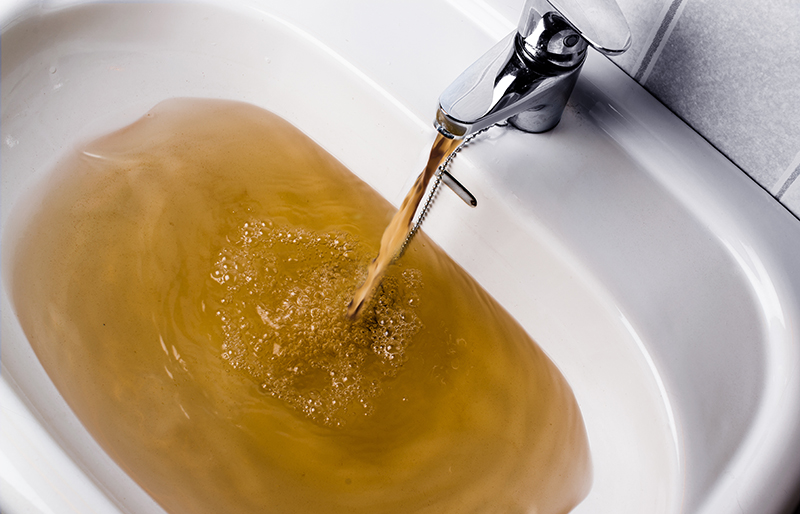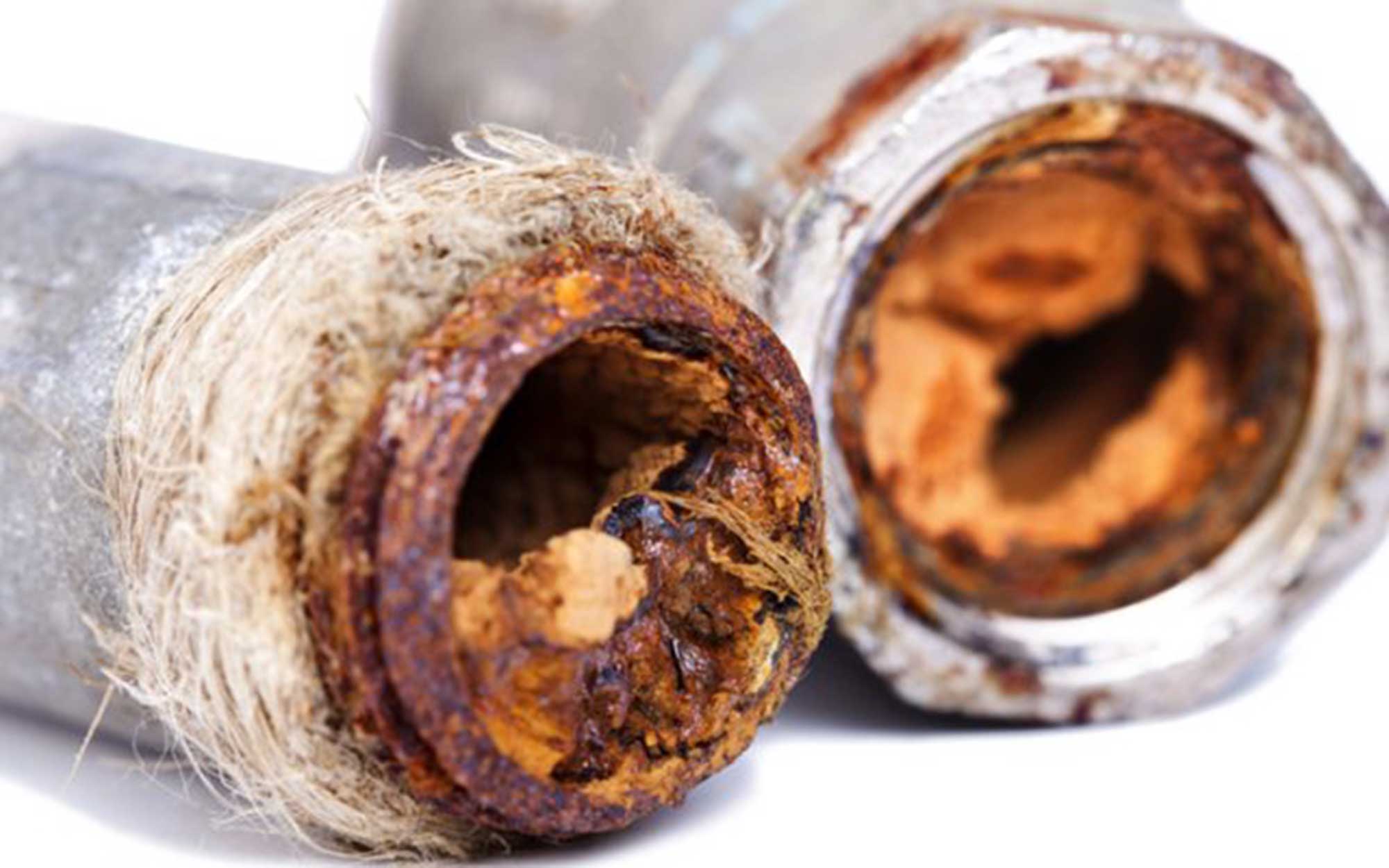Identifying And Also Fixing Plumbing Sounds In Your Home
Identifying And Also Fixing Plumbing Sounds In Your Home
Blog Article
We've found the article pertaining to Why is My Home Making Strange Plumbing Noises below on the internet and decided it made perfect sense to discuss it with you on my blog.

To diagnose loud plumbing, it is important to determine initial whether the undesirable audios take place on the system's inlet side-in various other words, when water is turned on-or on the drain side. Sounds on the inlet side have actually differed causes: excessive water pressure, used valve and tap components, incorrectly connected pumps or other devices, improperly placed pipeline bolts, and plumbing runs containing way too many tight bends or other constraints. Noises on the drainpipe side normally come from poor location or, similar to some inlet side noise, a layout consisting of tight bends.
Hissing
Hissing noise that occurs when a tap is opened somewhat typically signals excessive water stress. Consult your regional water company if you believe this issue; it will have the ability to inform you the water pressure in your location as well as can install a pressurereducing shutoff on the inbound water supply pipe if necessary.
Various Other Inlet Side Noises
Creaking, squealing, scratching, breaking, as well as touching normally are triggered by the expansion or tightening of pipes, generally copper ones providing hot water. The audios happen as the pipes slide versus loose bolts or strike nearby residence framework. You can commonly determine the location of the problem if the pipes are revealed; just adhere to the noise when the pipelines are making sounds. Most likely you will certainly discover a loosened pipe wall mount or an area where pipelines lie so near floor joists or various other framing items that they clatter against them. Affixing foam pipeline insulation around the pipes at the point of call ought to treat the trouble. Make sure straps as well as hangers are safe and supply ample support. Where feasible, pipe bolts should be connected to massive structural components such as foundation walls rather than to mounting; doing so reduces the transmission of resonances from plumbing to surface areas that can enhance as well as transfer them. If connecting bolts to framework is inescapable, cover pipes with insulation or other durable product where they speak to fasteners, and sandwich the ends of new bolts in between rubber washing machines when installing them.
Correcting plumbing runs that struggle with flow-restricting tight or many bends is a last hope that needs to be undertaken only after speaking with a skilled plumbing contractor. Unfortunately, this situation is fairly common in older houses that may not have actually been constructed with interior plumbing or that have actually seen several remodels, particularly by novices.
Babbling or Shrilling
Intense chattering or screeching that happens when a shutoff or tap is turned on, which generally disappears when the fitting is opened fully, signals loosened or malfunctioning inner parts. The solution is to change the valve or tap with a brand-new one.
Pumps and appliances such as washing machines and dish washers can move electric motor sound to pipes if they are improperly attached. Connect such things to plumbing with plastic or rubber hoses-never rigid pipe-to isolate them.
Drainpipe Sound
On the drainpipe side of plumbing, the chief goals are to eliminate surfaces that can be struck by dropping or hurrying water as well as to insulate pipes to consist of inevitable sounds.
In new building and construction, tubs, shower stalls, bathrooms, and wallmounted sinks and containers should be set on or versus durable underlayments to decrease the transmission of sound with them. Water-saving bathrooms and taps are less loud than traditional models; mount them as opposed to older types even if codes in your area still allow utilizing older fixtures.
Drains that do not run up and down to the basement or that branch right into horizontal pipe runs sustained at floor joists or other mounting present particularly frustrating sound issues. Such pipes are big enough to emit considerable resonance; they also lug substantial quantities of water, which makes the situation even worse. In brand-new construction, specify cast-iron dirt pipes (the large pipelines that drain commodes) if you can afford them. Their massiveness contains a lot of the noise made by water passing through them. Additionally, prevent directing drainpipes in wall surfaces shown bedrooms as well as rooms where individuals gather. Wall surfaces including drains must be soundproofed as was explained earlier, using dual panels of sound-insulating fiberboard and also wallboard. Pipes themselves can be covered with special fiberglass insulation created the purpose; such pipelines have an impervious vinyl skin (sometimes consisting of lead). Outcomes are not always sufficient.
Thudding
Thudding noise, usually accompanied by trembling pipes, when a tap or appliance valve is shut off is a problem called water hammer. The noise as well as resonance are caused by the resounding wave of stress in the water, which all of a sudden has no area to go. Sometimes opening a valve that releases water promptly into a section of piping including a limitation, joint, or tee installation can generate the same condition.
Water hammer can typically be cured by installing fittings called air chambers or shock absorbers in the plumbing to which the issue shutoffs or taps are linked. These gadgets allow the shock wave created by the halted flow of water to dissipate in the air they contain, which (unlike water) is compressible.
Older plumbing systems may have short vertical areas of capped pipeline behind walls on faucet competes the very same function; these can eventually fill with water, lowering or damaging their efficiency. The remedy is to drain the water supply completely by shutting off the main water supply shutoff as well as opening all taps. After that open the main supply shutoff as well as close the taps individually, starting with the faucet nearest the shutoff as well as ending with the one farthest away.
WHY IS MY PLUMBING MAKING SO MUCH NOISE?
This noise indeed sounds like someone is banging a hammer against your pipes! It happens when a faucet is opened, allowed to run for a bit, then quickly shut — causing the rushing water to slam against the shut-off valve.
To remedy this, you’ll need to check and refill your air chamber. Air chambers are filled with — you guessed it — air and help absorb the shock of moving water (that comes to a sudden stop). Over time, these chambers can fill with water, making them less effective.
You’ll want to turn off your home’s water supply, then open ALL faucets (from the bathroom sink to outdoor hose bib) to drain your pipes. Then, turn the water back on and hopefully the noise stops! If you’re still hearing the sound, give us a call to examine further.
Whistles
Whistling sounds can be frustrating, as sometimes the source isn’t easily identified. However, if you can pinpoint which faucet or valve that may be the cause, you’ll likely encounter a worn gasket or washer — an easy fix if you replace the worn parts!Whistling sounds from elsewhere can mean a number of things — from high water pressure to mineral deposits. Your best plan of attack here is to give our plumbing experts a call. We’ll be able to determine where the noise is coming from and what the cause may be, then recommend an effective fix!
Cracks or Ticks
Cracking or ticking typically comes from hot water going through cold, copper pipes. This causes the copper to expand resulting in a cracking or ticking sound. Once the pipes stop expanding, the noise should stop as well.
Pro tip: you may want to lower the temperature of your water heater to see if that helps lessen the sound, or wrapping the pipe in insulation can also help muffle the noise.
Bangs
Bangs typically come from water pressure that’s too high. To test for high water pressure, get a pressure gauge and attach it to your faucet. Water pressure should be no higher than 80 psi (pounds per square inch) and also no lower than 40 psi. If you find a number greater than 80 psi, then you’ve found your problem!
Next step is to give us a call in order to install a pressure regulator. Trust us, you don’t want to wait to resolve this issue. Not only is the sound annoying, but high water pressure can be destructive to your home — including damaging certain appliances, like your washer and dishwasher.
Dripping
You might be accustom to the slow quiet drip your kitchen faucet makes. You might have even tuned out your bathroom sink dripping and drabbing all day long — but it’s time to find its cause.
A slow drip could signify a variety of easy to fix issues, such as a worn out O ring, or loose part. And by ignoring the drip, you could be wasting up to 2,000 gallons of water a year! So start conserving water — get it looked at ASAP.
https://www.pwessig.com/blog/2018/december/why-is-my-plumbing-making-so-much-noise-/

As a passionate reader about Why Do My Plumbing Pipes Make A Knocking Noise, I was thinking sharing that excerpt was essential. Do you know anybody else who is inquisitive about the niche? Feel free to promote it. Thanks for going through it.
About This Report this page